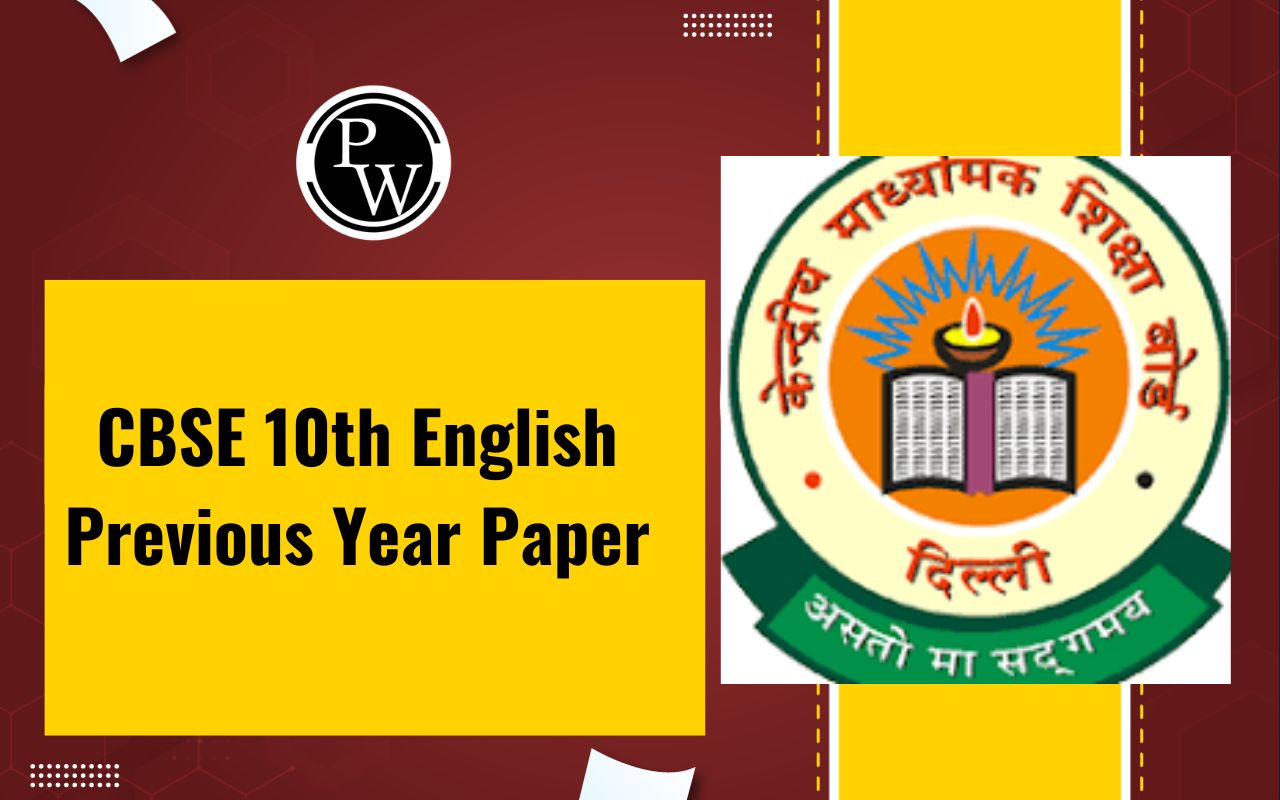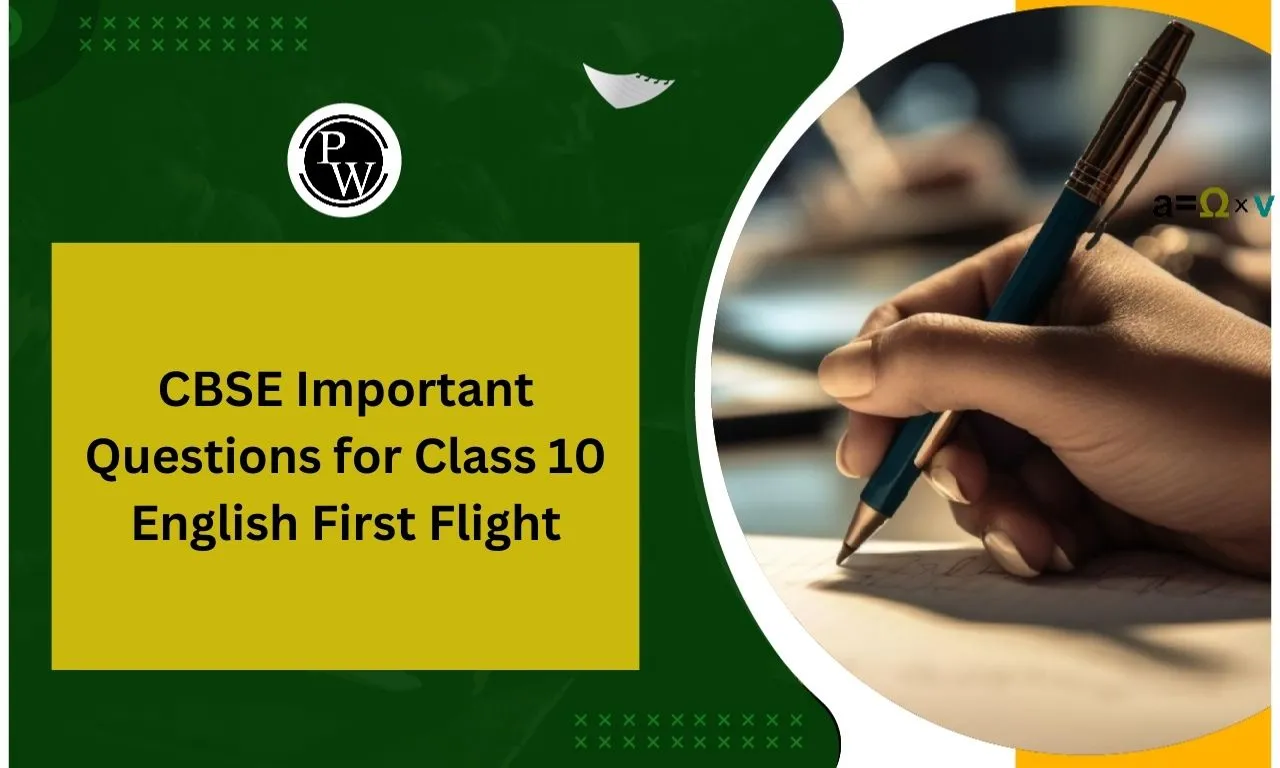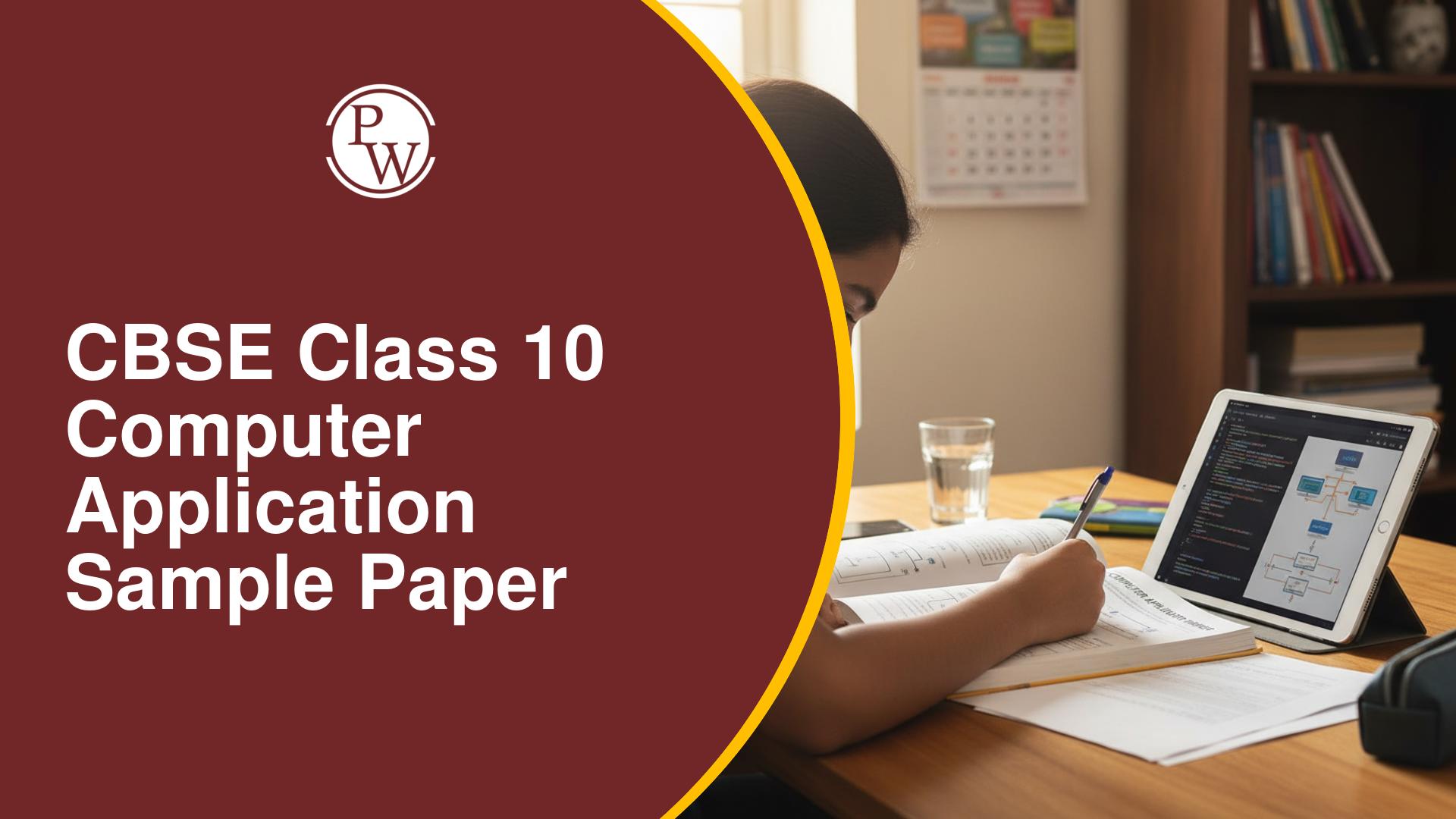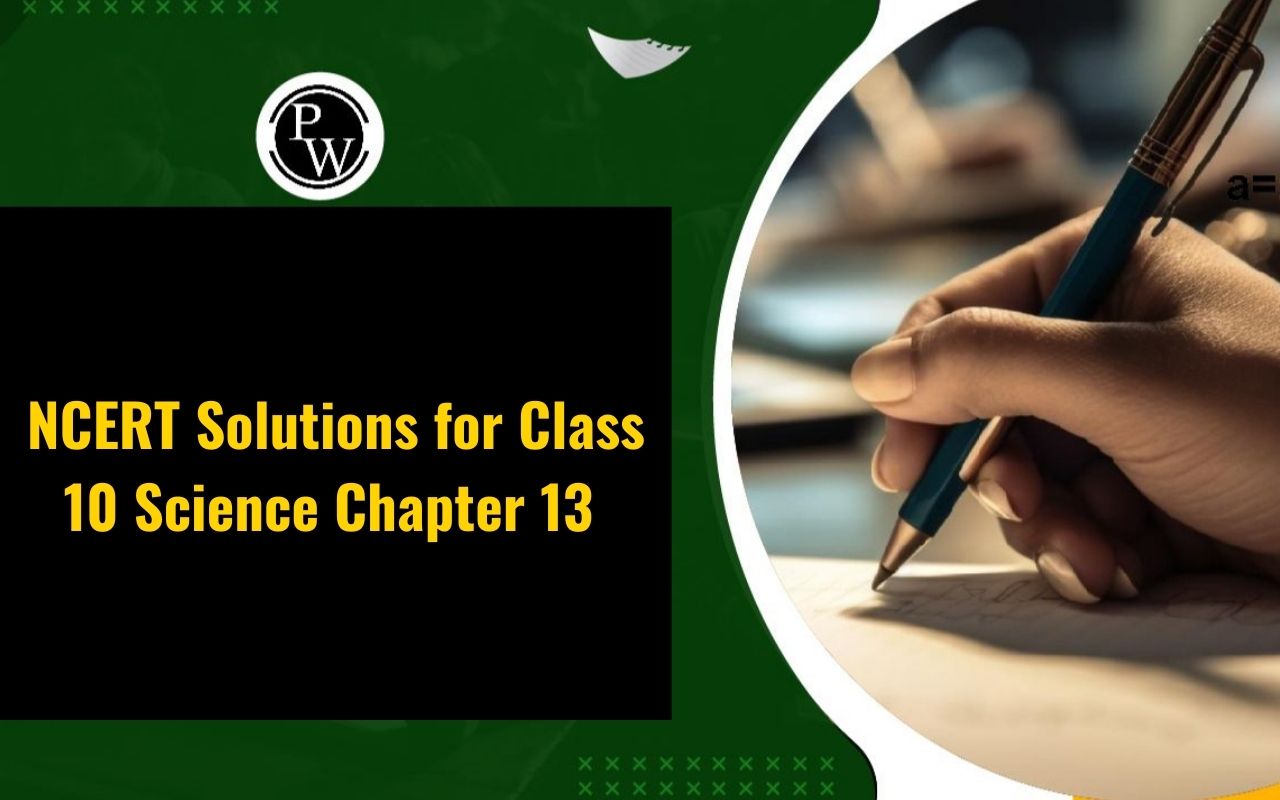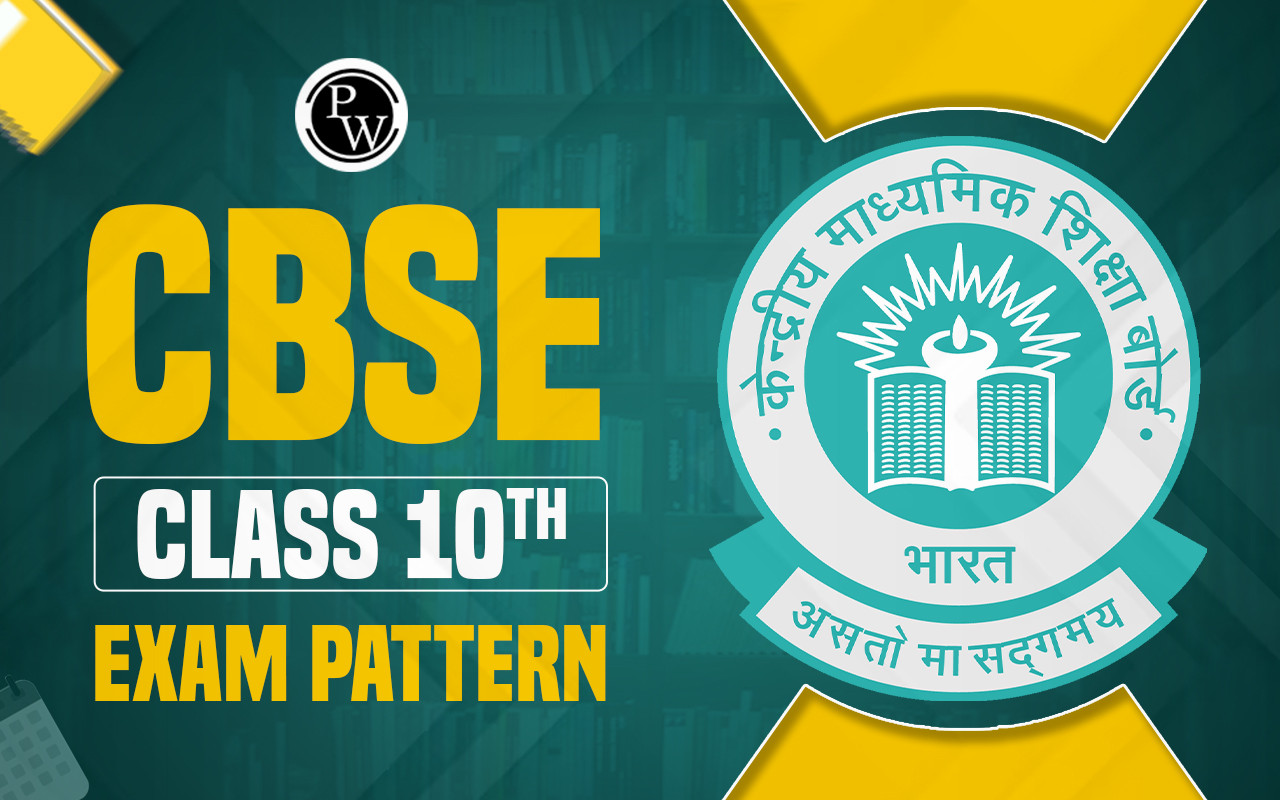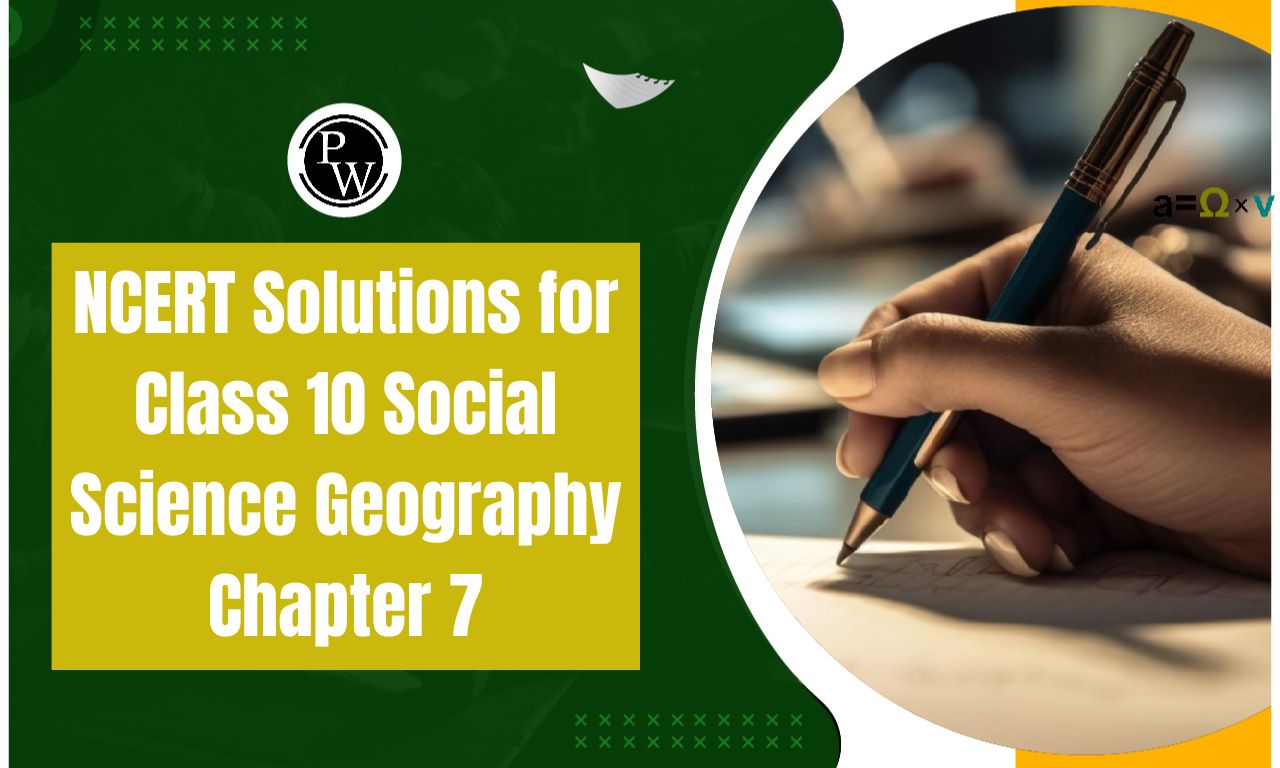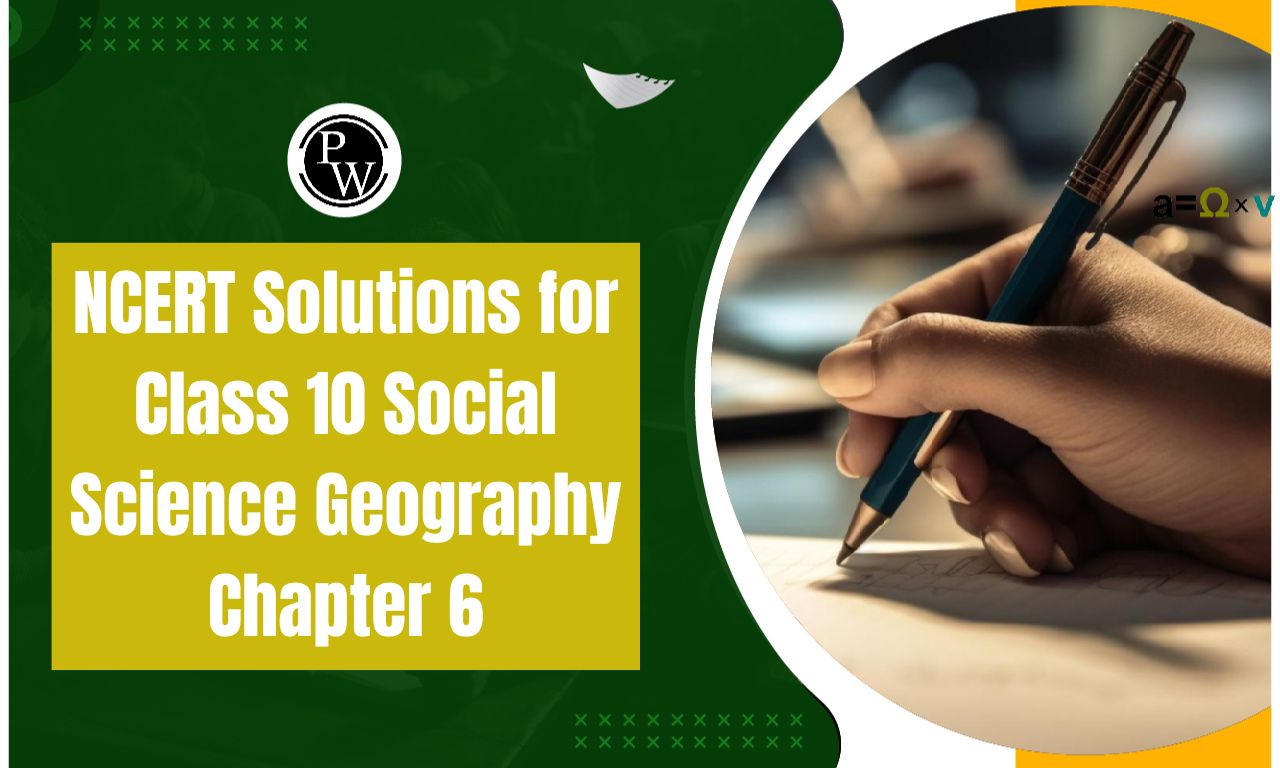
NCERT Solutions of Class 10 English First Flight Chapter 3: In Chapter 3 of Class 10 English First Flight, you'll find helpful solutions to understand the stories and poems better. These solutions explain things step by step, making it easier for you to grasp the meaning of the texts.
They are like a guide that helps you answer questions and do well in your exams. So, with these solutions, you can understand and enjoy your English lessons more.Class 10 English First Flight Chapter 3 The Black Aeroplane Question Answer
class 10 english first flight ch 3 question answer are provided below. These solutions provide explanations and answers to the questions related to the story "His First Flight" and The Black Aeroplane". They are designed to help students understand the text better and prepare for their exams. By referring to these solutions, students can gain clarity on the themes, characters, and literary devices used in the chapter.Thinking about the Text (Page 36)
Question 1: Why was the young seagull afraid to fly? Do you think all young birds are afraid to make their first flight, or are some birds more timid than others? Do you think a human baby also finds it a challenge to take its first steps?
Answer:
The fear of trying something new, like flying for the first time, is common not just among birds but also among humans. Just like the young seagull, human babies also experience fear and find itchallenging when they take their first steps or learn to crawl and walk independently. It is a natural part of growth and learning for both birds and humans. Overcoming these fears and challenges is a crucial step towards independence and self-confidence.
Question 2: “The sight of the food maddened him.” What does this suggest? What compelled the young seagull to fly finally?
Answer:
The young seagull struggled to gather the courage for his first flight, despite constant urging from his family. Left on the ledge for over twenty-four hours, hunger eventually pushed him to take the plunge. When he saw his mother with food, his desperation peaked, and he eagerly awaited her approach. However, she stopped midway, leaving him confused and hungrier. Driven by hunger, he impulsively dived for the food, causing him to fall towards the vast sea below. Initially terrified, he soon felt his wings spread out and realized he could fly. Hunger outweighed fear, and he joyfully completed his first fligh.Question 3: “They were beckoning to him, calling shrilly.” Why did the seagull’s father and mother threaten him and cajole him to fly?
Answer:
The young seagull's parents kept calling out to him, urging him to take his first flight. Despite trying everything, he was hesitant because he feared falling from the cliff. Watching his siblings fly away only added to his reluctance. His family left him alone on the ledge, trying to motivate and convince him to fly, but their efforts were unsuccessful.Question 4: Have you ever had a similar experience, where your parents encouraged you to do something that you were too scared to try? Discuss this in pairs or groups.
Answer:
Yes, I had a similar experience with learning to ride a bicycle mirrors the challenges faced by the young seagull in learning to fly. It's common to feel fear and struggle with something new at first. Your perseverance and your parents' encouragement played a crucial role in overcoming that fear. Just like how your father supported you while learning to ride, the seagull's family encouraged him to take flight. Your dedication to practicing cycling daily eventually led to improvement and confidence, similar to how the young seagull gained confidence with each attempt. It's inspiring to see how you overcame your fear and now ride confidently every day! ( Note: Students can write this answer as per their personal experience.)Question 5: In the case of a bird flying, it seems a natural act, and a foregone conclusion that it should succeed. In the examples you have given in answer to the previous question, was your success guaranteed, or was it important for you to try, regardless of a possibility of failure?
Answer:
It's common for everyone to encounter challenges when learning new skills. Fear of failure often holds us back from attempting something new. Like the young seagull's parents, my father encouraged me to learn to ride a bike despite my initial fears. Overcoming that fear was crucial for my own growth and development. Success is indeed attainable when we remain focused and determined. The saying "practice makes perfect" rings true – consistent effort leads to improvement and success in any endeavor.Speaking (Page 36)
Question:
We have just read about the first flight of a young seagull. Your teacher will now divide the class into groups. Each group will work on one of the following topics. Prepare a presentation with your group members and then present it to the entire class. • Progression of Models of Airplanes • Progression of Models of Motorcars • Birds and Their Wing Span • Migratory Birds — Tracing Their FlightsAnswer:
Activity to be done by yourself.Writing (Page 36)
Question:
Write a short composition on your initial attempts at learning a skill. You could describe the challenges of learning to ride a bicycle or learning to swim. Make it as humorous as possible.Answer:
Activity to be done by yourself.II. The Black Aeroplane
Thinking about the Text (Page 40)
Question 1: “I’ll take the risk.” What is the risk? Why does the narrator take it?
Answer:
The pilot of the Dakota DS 088 plane was eager to return home to England for a holiday with his family. However, during the journey, his plane encountered a massive storm with dark clouds. Despite the danger, the pilot was determined not to miss the chance to have a traditional English breakfast with his family. So, he made the risky decision to fly directly into the storm, even though visibility was extremely low.Question 2: Describe the narrator’s experience as he flew the aeroplane into the storm.
Answer:
As the pilot ventured into the massive storm of clouds, his plane began to jolt and spin in the turbulent air. Enclosed by the pitch-black clouds, he lost all sight of the outside world. The instruments that guided him through the skies ceased to function amidst the chaos of the storm. It was a harrowing and unnerving ordeal for the pilot. With his fuel running dangerously low and unable to navigate, he faced a dire situation. Suddenly, a mysterious black plane, devoid of any lights, emerged beside him. Its pilot signaled for him to follow. Without any other options, the narrator complied, trailing the enigmatic aircraft through the tumultuous storm. Eventually, they safely landed on a runway, guided by the strange black plane.Question 3: Why does the narrator say, “I landed and was not sorry to walk away from the old Dakota…”?
Answer:
The pilot felt immense relief upon safely landing after navigating through the dense storm clouds. He felt no regret about leaving behind the old Dakota aircraft. Instead, he was overwhelmed with gratitude towards the pilot of the mysterious black plane. Despite his sincere desire to express his thanks, he realized he couldn't adequately convey his gratitude to the unknown pilot who had guided him through the perilous situation.Question 4: What made the woman in the control centre look at the narrator strangely?
Answer:
The woman at the control center regarded the narrator with a puzzled expression when he recounted the assistance he received from the mysterious black plane. Her surprise was evident as she informed him that according to the radar, his plane was the only one present in the sky during the storm. The discrepancy between the narrator's experience and the radar data left both him and the woman perplexed, shrouding the events in an eerie mystery.Thinking about Language (Page 40-41)
Question I:
Study the sentences given below.Answer:
1. Go and have a bath; your hands and face are absolutely black. – The ‘black’ in this sentence denotes that the face and hands are dark due to dust and dirt. 2. The taxi-driver gave Ratan a black look as he crossed the road when the traffic light was green. – The ‘black’ in this sentence refers to an angry or annoyed look. 3. The bombardment of Hiroshima is one of the blackest crimes against humanity. – The ‘black’ in this sentence denotes a dark and brutal incident against humanity. 4. Very few people enjoy Harold Pinter’s black comedy. – The ‘black’ in this sentence denotes dark or distressing comedy. 5. Sometimes shopkeepers store essential goods to create false scarcity and then sell these in black. – The ‘black’ in this sentence refers to the hoarding of goods by shopkeepers to sell those goods at a higher price later. 6. Villagers had beaten the criminal black and blue. – The ‘black’ in this sentence denotes that the criminal was beaten and badly bruised by the villagers.Question II:
Look at these sentences taken from the lesson you have just read: (a) I was flying my old Dakota aeroplane. (b) The young seagull had been afraid to fly with them. In the first sentence the author was controlling an aircraft in the air. Another example is: Children are flying kites. In the second sentence the seagull was afraid to move through the air, using its wings. Match the phrases given under Column A with their meanings given under Column B:| A | B |
| 1. Fly a flag | – Move quickly/suddenly |
| 2. Fly into rage | – Be successful |
| 3. Fly along | – Display a flag on a long pole |
| 4. Fly high | – Escape from a place |
| 5. Fly the coop | – Become suddenly very angry |
Answer:
| A | B |
| 1. Fly a flag | – Display a flag on a long pole |
| 2. Fly into rage | – Become suddenly very angry |
| 3. Fly along | – Move quickly/suddenly |
| 4. Fly high | – Be successful |
| 5. Fly the coop | – Escape from a place |
Question III:
We know that the word ‘fly’ (of birds/insects) means to move through air using wings. Tick the words which have the same or nearly the same meaning.| swoop | flit | paddle | flutter |
| ascend | float | ride | skim |
| sink | dart | hover | glide |
| descend | soar | shoot | spring |
| stay | fall | sail | flap |
Answer:
The words which have the same or nearly the same meaning as ‘fly’ are listed below:- Swoop
- Flit
- Flutter
- Float
- Skim
- Hover
- Glide
- Soar
- Sail
Writing (Page 41)
Question:
Have you ever been alone or away from home during a thunderstorm? Narrate your experience in a paragraph.Answer:
Activity to be done by yourself. ( Note: Students can write their personal experiences here.)NCERT Solutions of Class 10 English First Flight Chapter 3 PDF
You can find help for Chapter 3 of Class 10 English First Flight in a PDF. This PDF has solutions to the questions in the chapter. It is useful for students who want to understand the chapter better and do well in exams. Using these solutions can improve your understanding and grades in English.
NCERT Solutions of Class 10 English First Flight Chapter 3 PDF
NCERT Solutions of Class 10 English First Flight Chapter 3 FAQs
What is the central theme of "His First Flight"?
What is the significance of the black aeroplane in "The Black Aeroplane"?
How does the protagonist in "His First Flight" overcome his fear?
Why does the narrator feel grateful towards the black aeroplane in "The Black Aeroplane"?


